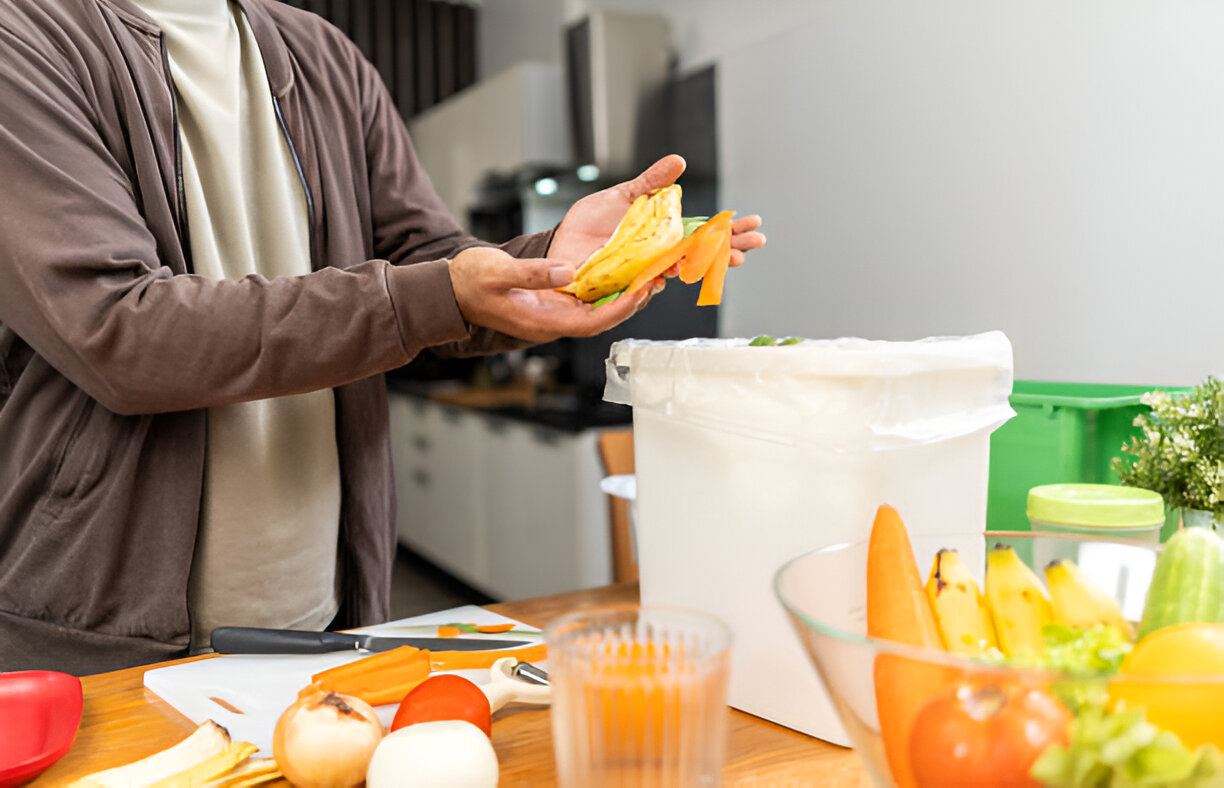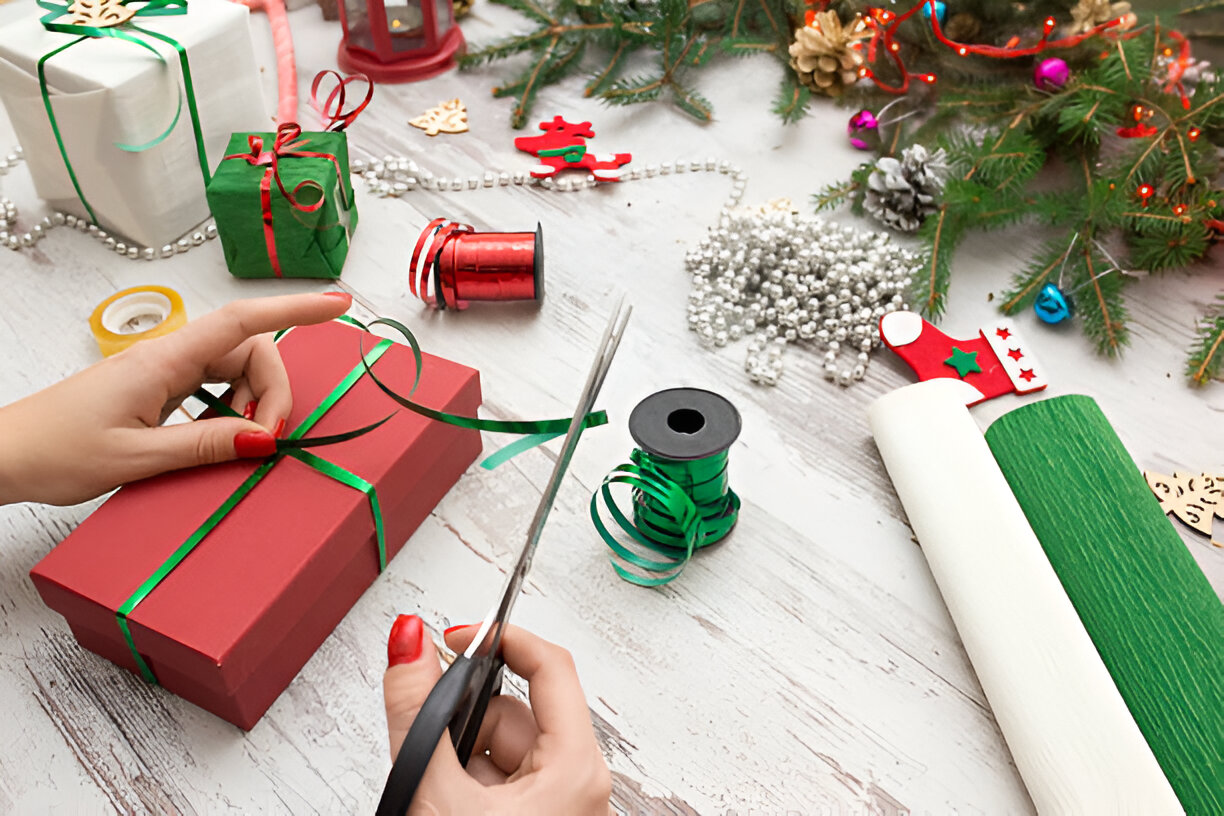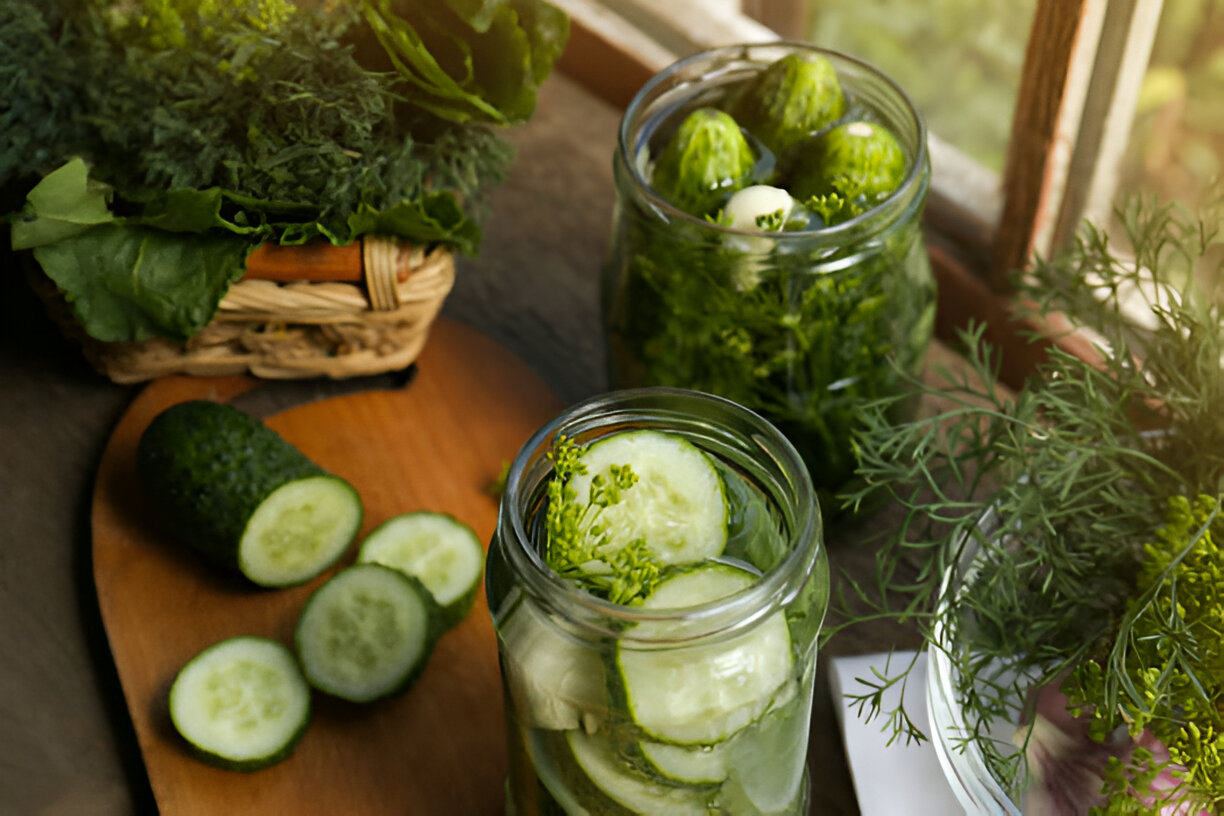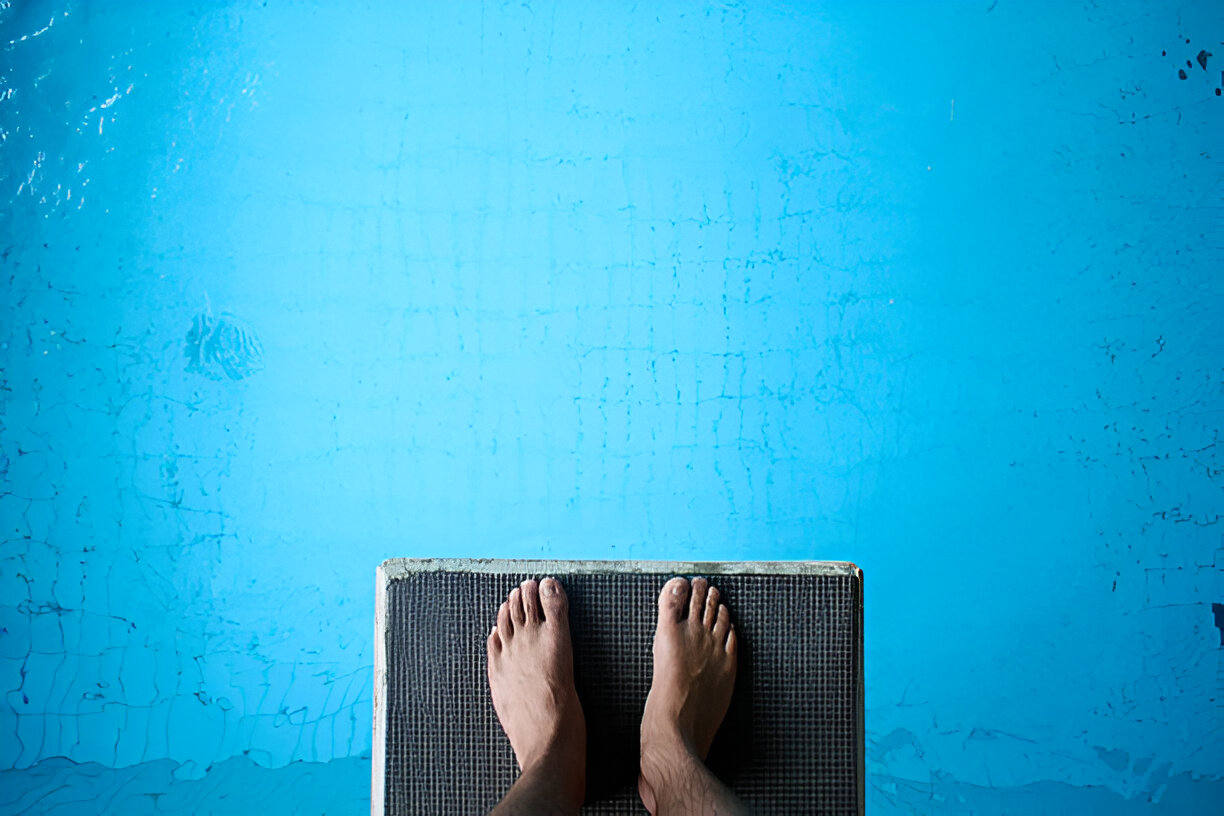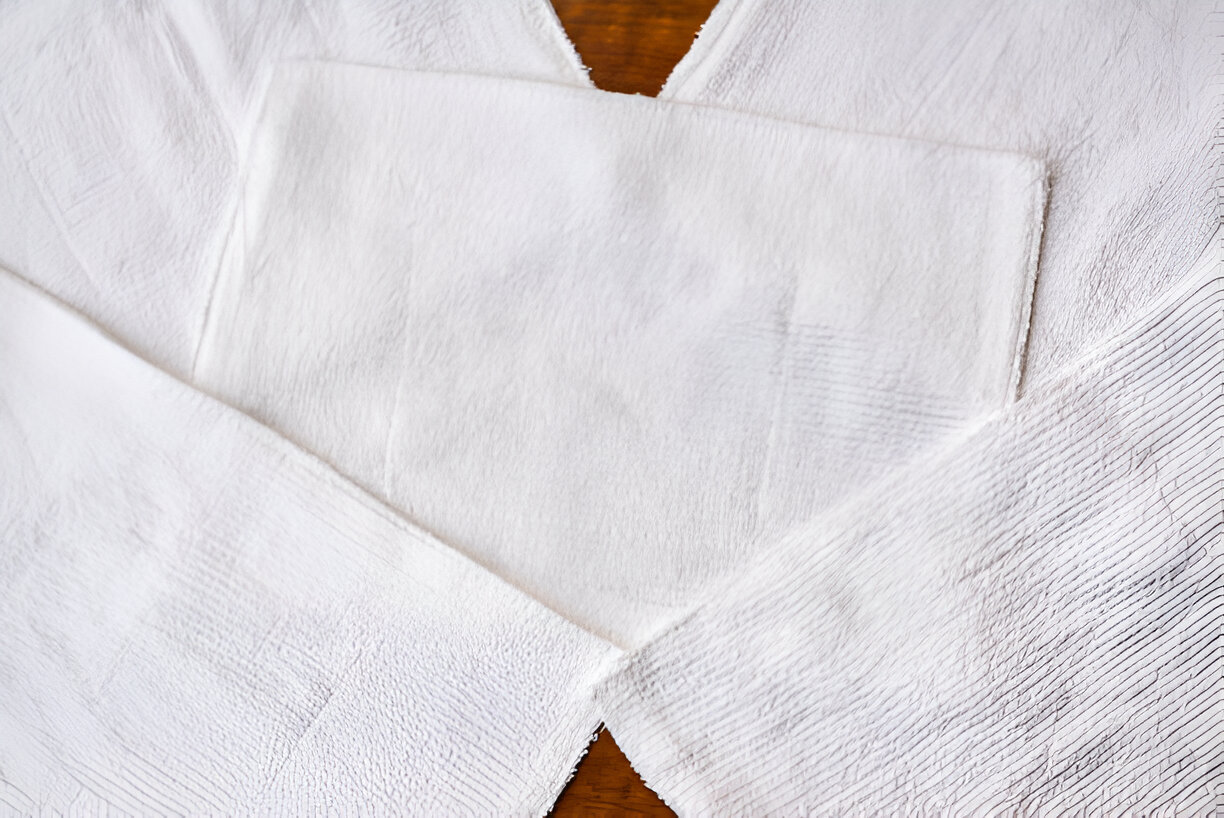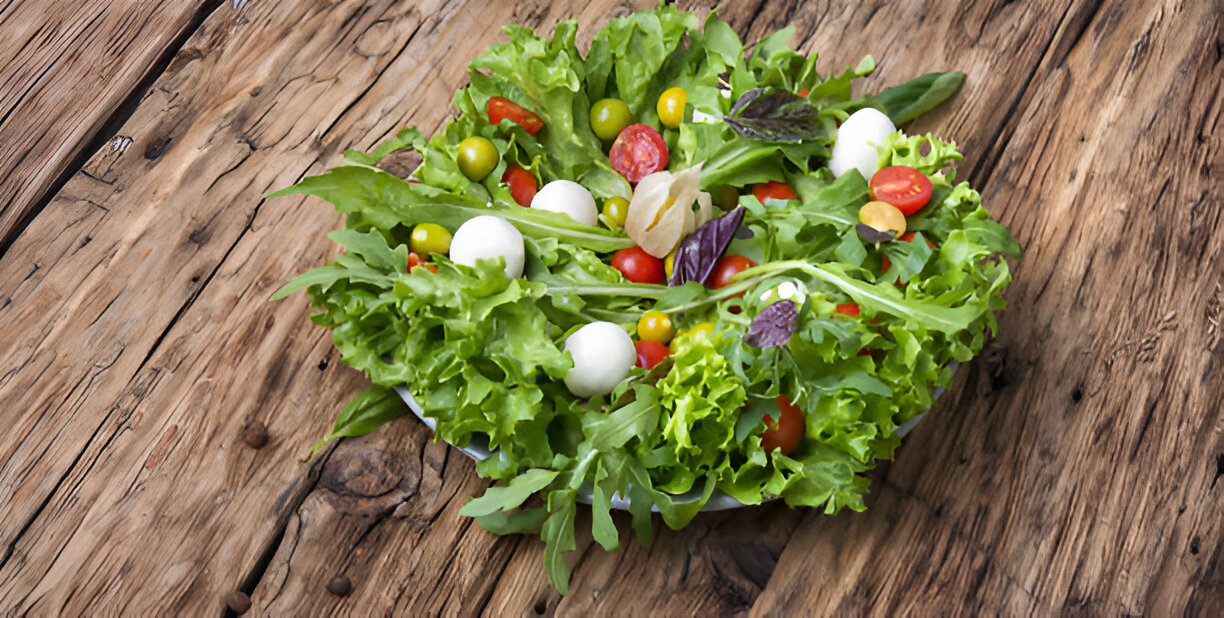
Wabi-sabi is an ancient aesthetic philosophy rooted in Zen Buddhism, particularly the tea ceremony, a ritual of purity and simplicity in which masters prized bowls that were handmade and irregularly shaped, with uneven glaze, cracks, and a perverse beauty in their deliberate imperfection.
The Japanese philosophy celebrates beauty in what's natural, flaws and all. The antique bowls above are prized because of (not despite) their drips and cracks.
What if we learned to prize the drips and cracks in our messy lives?
Humble Virtues
In the world according to Zen, words only hinder true enlightenment; reducing wabi-sabi to mere language seems like sacrilege to its spirit. But loosely translated, “wabi” is simplicity, whether elegant or rustic; “sabi” means the beauty of age and wear.
Leonard Koren, author of “Wabi-Sabi: for Artists, Designers, Poets & Philosophers,” tried unsuccessfully to discover a precise definition while researching his book. He eventually coined his own, which has become standard for authors in the West: “Wabi sabi is the beauty of things imperfect, impermanent, and incomplete, the antithesis of our classical Western notion of beauty as something perfect, enduring, and monumental.”
To illustrate: Wabi-sabi is asymmetrical heirloom vegetables and handmade pottery, crow's feet and the frayed sleeves of a favorite wool sweater, exposed brick, and the first draft of a difficult letter.
You won't find wabi sabi in Botox, glass-and-steel skyscrapers, smartphones, or the drive for relentless self-improvement. It's a beauty hidden right in front of our eyes, an aesthetic of simplicity that reveals itself only when animated through the daily work of living.
In “The Unknown Craftsman,” Japanese art critic Soetsu Yanagi writes, “We in our own human imperfections are repelled by the perfect since everything is apparent from the start and there is no suggestion of the infinite.”
As a wine writer, I am far less drawn to generic, technically correct wines than to wines with complexity — even if that complexity comes with a whiff of fault. A perfect wine is too obvious, while one with nuance (“bottled poetry,” as Robert Louis Stevenson calls it) leaves room for exploration of the unknown.
Yet a badly made wine won't pass muster with my critical palate, nor are stained plastic dishes or a weed-infested garden wabi sabi in their defects. A wabi-sabi approach to life isn't about giving way to carelessness or seeing a junk pile through rose-colored glasses. It's about appreciating, showcasing, and sustaining the beauty of what's natural.
Nothing about nature is linear or symmetrical or impervious to decay. And yet what could be more mesmerizing?
Abandoning “Perfect”
I think of the paraphernalia my young daughters pick up on our walks, things I stopped noticing long ago — discarded feathers, stones worn shiny by water. They're drawn to these treasures for their expressive textures, shapes, and colors, each thing unique in the world. So miraculous just the way they are, and yet so simple.
In our culture, “simplicity” is often code for a life that's meticulously organized or for spare, boutique perfection. We're brought up to strive for the best, the brightest, and the most extraordinary. It may not be natural to us to seek pleasure in the quotidian, let alone a Japanese concept that celebrates rust.
What could be more radically simple than acceptance? As Richard Powell, author of “Wabi Sabi Simple,” told me, “Accepting the world as imperfect, unfinished, and transient, and then going deeper and celebrating that reality, is something not unlike freedom.”
I find the idea of abandoning “perfect” and even “good enough” irresistibly tempting. Life — the fingerprints, scars, and laugh lines — is itself perfectly imperfect, and I can embrace the beauty in that.
WABI SABI IN ACTION
By its very nature, the philosophy of wabi-sabi can't be packaged into six foolproof tips, but its spirit can simplify every aspect of the way we live.
RELATIONSHIPS
The Meaning
When the samurai entered a teahouse, they removed their swords, leaving behind their conflicts and pretensions. Similarly, Powell says, a wabi-sabi relationship is one in which you deliberately accept each other where you are — imperfect, unfinished, and mortal.
“Appreciation for imperfections in others, and even in yourself, is the essential wabi sabi frame of mind,” Koren says. “Deep down you know perfection can be rather dull. As singer-songwriter Leonard Cohen poetically put it, ‘There is a crack in everything. That's how the light gets in.'”
The Action
A person is brimming with engrossing sensory details. “If we're able to find the act of drinking tea engaging, fascinating, and absorbing, how much more engaging can a human be?” asks Simon Brown, author of “Practical Wabi Sabi.” “Try shedding expectations and assumptions, and focus on the sensations of the other person.”
Accepting someone else's faults, rather than taking them on as a project to be fixed, leaves you the time and emotional energy for enjoying that person.
FOOD
The Meaning
“Wabi-sabi principles suggest our food should be natural, simple, and prepared from intuition,” Brown says. Making a meal should be a creative, joyful act, not a test you can fail.
That means improvising with a recipe when you have basil but not tarragon; reveling in the textures of a homemade dish that's a bit more splattered than a professionally plated version in a magazine; and appreciating nourishing, whole ingredients. It's about savoring your food.
Fruits and vegetables from your garden or the farmers' market are an elemental expression of wabi-sabi. Lumpy, irregular, and imperfect, a juicy, ripe heirloom tomato is more compelling to look at and to eat than a perfectly formed hothouse version shipped in from another state.
The Action
Don't just taste flavors but inhale the richness of smells, hear the sounds your food makes, feel the textures (wet, chewy, crunchy) in your mouth. “Part of the wabi sabi approach is training ourselves to appreciate the simplest things in life and using them to engage our senses,” Brown says.
Choose dishes, silverware, and cooking utensils with heft and texture to deepen the sensory experience of eating.
“Show me the wood in the pepper mill, let me see the cracks in the glaze on the old serving plate,” Powell says. “Listen to the tinkling of silverware and the settling of ice in tumblers — all reminders that we depend on the world, the earth, the soil and sea.”
HOME
The Meaning
A wabi-sabi home is full of rustic character, charm, and things that are uniquely yours, says Robyn Griggs Lawrence, author of “Simply Imperfect: Revisiting the Wabi-Sabi House,” to be published next spring.
If an old chest has significance to you, for example, a missing drawer pull doesn't have to be an eyesore. It can also be a sign that the piece has been used and enjoyed. Utsukushii, a Japanese word for “beautiful,” evolved from the original meaning, “being loved.”
The Action
Wabi-sabi celebrates what's handmade. Instead of settling for mass-market junk, furnish your home with unique, quality pieces. A lovingly thrifted kitchen table has more value than a gleaming new piece of particle board.
Using materials that weather beautifully, like wood, stone, and metal, will let you just sit back and appreciate what you own as you grow old with it, rather than fretting over cracked plastic or warped vinyl.
Think about a color palette that mimics what's found in nature: greens, grays, earth tones, and rusts. This creates an atmosphere of tranquillity and harmony. Wabi sabi doesn't mean embracing clutter, Griggs Lawrence explains. “There is thought and work behind it, not neglect.” An exquisite teapot can't shine if it's wedged into a crowded china cabinet; clear the space so you can give it a shelf of its own and truly appreciate it each time you pass by. Every object in your home should be beautiful, useful, or both.
BEAUTY
The Meaning
Yes, the beauty of youth is almost universally revered. But in wabi-sabi, as in life itself, change is the only constant, and Brown encourages us to embrace it. “The starting point of cultivating a wabi-sabi beauty is to appreciate the process of aging,” he says. “Try not to get caught up in wanting to stagnate in one part of your natural progression through life.”
Powell adds that it's unrealistic to change our hardwired preference for smooth skin and firm bodies, but it's possible to broaden our perspective and open up to seeing new kinds of beauty. After all, our stories lie in our imperfections: the scar we got from doing a sport we love, the chipped nails after a day spent in our beloved garden.
The Action
Wabi-sabi beauty is not about relinquishing self-care, which can be a form of attention and presence in your life. The Japanese tea masters took exquisite care of their pottery, cracked and imperfect as it was. Likewise, you can pamper your body without nipping and tucking it into submission.
True beauty, in a wabi-sabi sense, is about taking care of yourself, not turning your face into a blank canvas. If we stop spending the time to spackle over every freckle or cover up every gray hair, we can be more fully engaged with the world — which gives us real charisma.
Instead of an arsenal of products targeted to your every perceived flaw, stick to a few tried-and-true favorites. When you shine through, that's beautiful.
CLOSET
The Meaning
A wabi-sabi clothing philosophy is about appreciating what you already have — a well-worn bag, for instance. “Appreciating what you already have is more important than acquiring new things,” Koren says.
Instead of spending energy each season on the treadmill of wardrobe updates, revisit what you love and remember why you love it. What do these clothes say about who you've become?
A carefully mended patch in this scarf, for example, turns it into something only one person owns — which makes a greater (not to mention simpler) fashion statement than any pristine thing pulled straight from the rack.
The Action
You don't need to hang on to soiled, stained, frumpy old things that make you feel unkempt and out of sorts, or engage in a quest for the perfect Ten Timeless Pieces.
But don't throw away a favorite sweater just because it's grown faded with time. Your cherished standbys become unique expressions of you when they're charmingly combined with your fresher pieces, Koren says.
When choosing new clothes, Powell suggests seeking out natural, sustainably made garments of wool, cotton, hemp, bamboo, or leather.
“Wool has become a favorite of mine because of its natural durability and how wholesome it looks,” he says. “Leather, while frowned upon by some who embrace wabi-sabi, is both natural and eminently disposed to improve with age. Leather coats and shoes become even more beautiful as they wear over time.”
WORK
The Meaning
Most workplaces — which are dedicated to excellence, even perfection — don't seem the ideal arena to apply wabi-sabi. But “on the deepest level, wabi-sabi at work is being valued fully for who and what you are,” says Whitney Greer, coauthor of “Align your actions and words to your values, and you'll reflect your best self. Authenticity goes a long way toward eliminating power struggles in the workplace.” Which is probably the most significant thing most of us could do to simplify our lives at the office.
The Action
“Uncover what's distinctive about you as a person and highlight that,” Greer says. If you're a natural collaborator but all your coworkers are huddled in their cubes, you'll shrivel up and may not even understand why.
Powell believes it's helpful to remember the bigger picture of your work, the transience of both the job and your product or service. A little perspective also helps you step back from the small frustrations that aren't worth the complexity they add to your workday.
“Everything eventually wears out and is discarded,” Powell says. “Knowing this allows you to find beauty in the entropy.” And there is nothing more wabi sabi than that.







